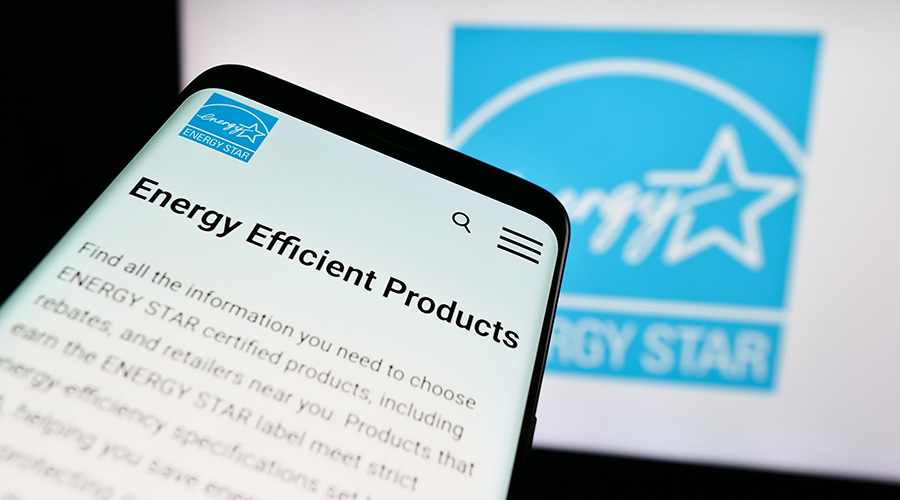LEED Improving on Bridging the Design to Operations Gap
How has LEED improved over the years in its various iterations of “bridging the gap” from design to operations?
The LEED program in general has become more about existing buildings than new construction as evidenced by the certified square footage of existing buildings recently surpassing certified square footage of new construction projects. The enhanced commissioning (Cx) and measurement and verification (M&V) credits are examples of good opportunities that tie design and construction to operations in previous and the current version of LEED for New Construction rating system. As these elements aren’t required to achieve LEED certification, owners should take note and make an effort to pursue these credits, because they are potentially the biggest opportunities to impact long term energy related performance in a building.
The enhanced Cx credit specifically helps to bridge the substantial transition period of a building from the end of design and construction to the operational phase. Specifically adding Cx activities as described in EA credit 3 of the rating system accounts for opposed season systems testing and generates at least a short track record of operations and performance to analyze and troubleshoot ahead of long term operation.
The elements of M&V in LEED for New Construction credit 5 related to design and construction are also voluntary and only set up the potential to enhance the management of the building systems’ energy performance. The design team can properly segregate branch distribution to the various types of loads in a building, like lighting or HVAC, and provide the associated meters to aid the analysis of energy consumption, but the owner/operator of the facility must still follow through with an annual program to continually fine tune performance over time. It may come as a surprise to many that for the most part, typical design practice provides very few tools to properly manage the energy consuming systems in a building.
LEED currently does provide elements that help link design and construction to operations, but since they are voluntary, they are an underutilized best practice. This will thankfully change in the future as referenced standards such as ASHRAE 90.1 will require a minimal amount of meters in each new building, which may spur wider implementation of M&V operational protocols and ongoing Cx.
Jamie Qualk, LEED AP BD+C, is vice president, SSRCx, a division of Smith Seckman Reid engineering design and facility consulting firm. He
lectures in the Civil Engineering department of Vanderbilt University
regarding sustainability and construction and also at Lipscomb
University in the Institute for Sustainable Practice. You can follow him
on Twitter @Jamie_Qualk.
Related Topics:














